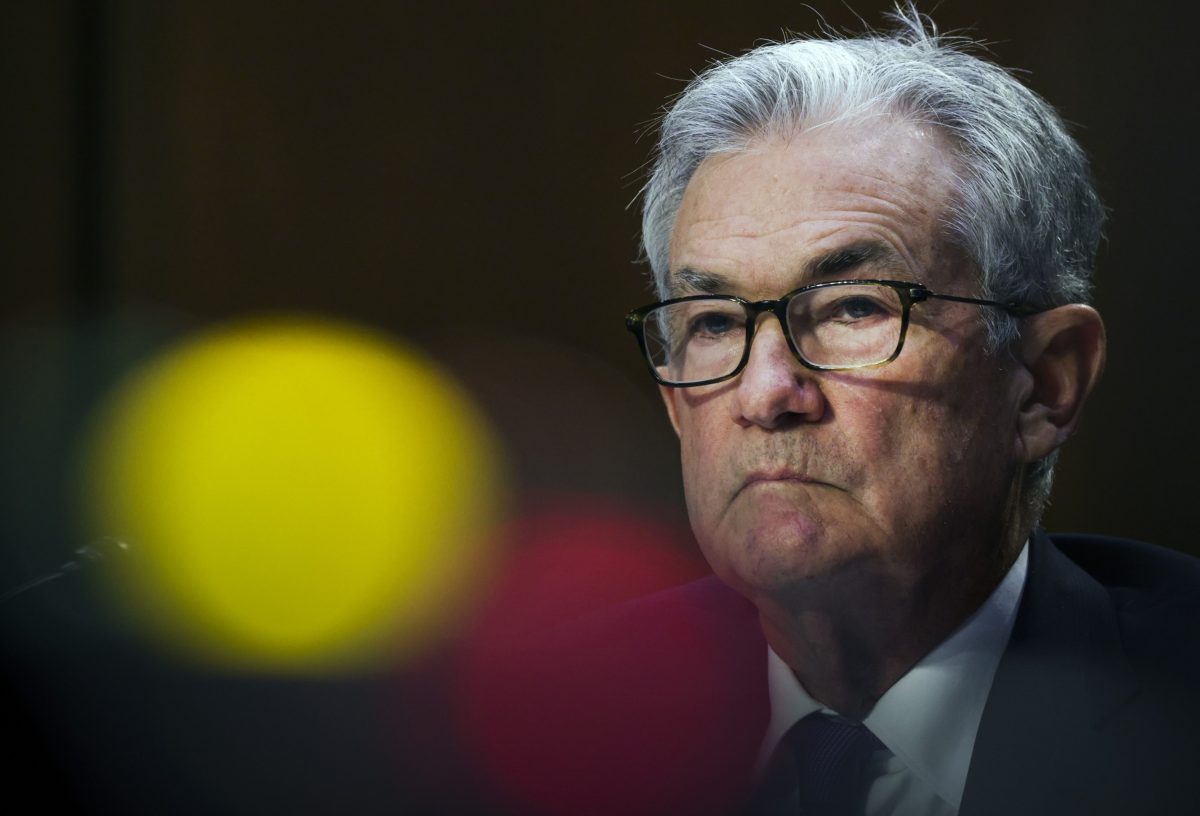Federal Reserve Chairman Jerome Powell showed he will be guided by the U.S. economy's performance, rather than the theories and models his predecessors have relied on to set monetary policy for the past three decades.
Fresh from overseeing his first policy-setting meeting and its first interest rate hike of 2018, Powell signaled he won't try to guess the limits of the labor market or the growth-boosting effects of Republican tax cuts.
His message: He'll know the economy is changing when he sees it. “There is no sense in the data that we are on the cusp of an acceleration of inflation,” Powell told reporters on Wednesday in Washington. “We have seen moderate increases in wages and price inflation, and we seem to be seeing more of that.”
Complete your profile to continue reading and get FREE access to Treasury & Risk, part of your ALM digital membership.
Your access to unlimited Treasury & Risk content isn’t changing.
Once you are an ALM digital member, you’ll receive:
- Thought leadership on regulatory changes, economic trends, corporate success stories, and tactical solutions for treasurers, CFOs, risk managers, controllers, and other finance professionals
- Informative weekly newsletter featuring news, analysis, real-world case studies, and other critical content
- Educational webcasts, white papers, and ebooks from industry thought leaders
- Critical coverage of the employee benefits and financial advisory markets on our other ALM sites, PropertyCasualty360 and ThinkAdvisor
Already have an account? Sign In Now
*May exclude premium content© 2025 ALM Global, LLC, All Rights Reserved. Request academic re-use from www.copyright.com. All other uses, submit a request to [email protected]. For more information visit Asset & Logo Licensing.





